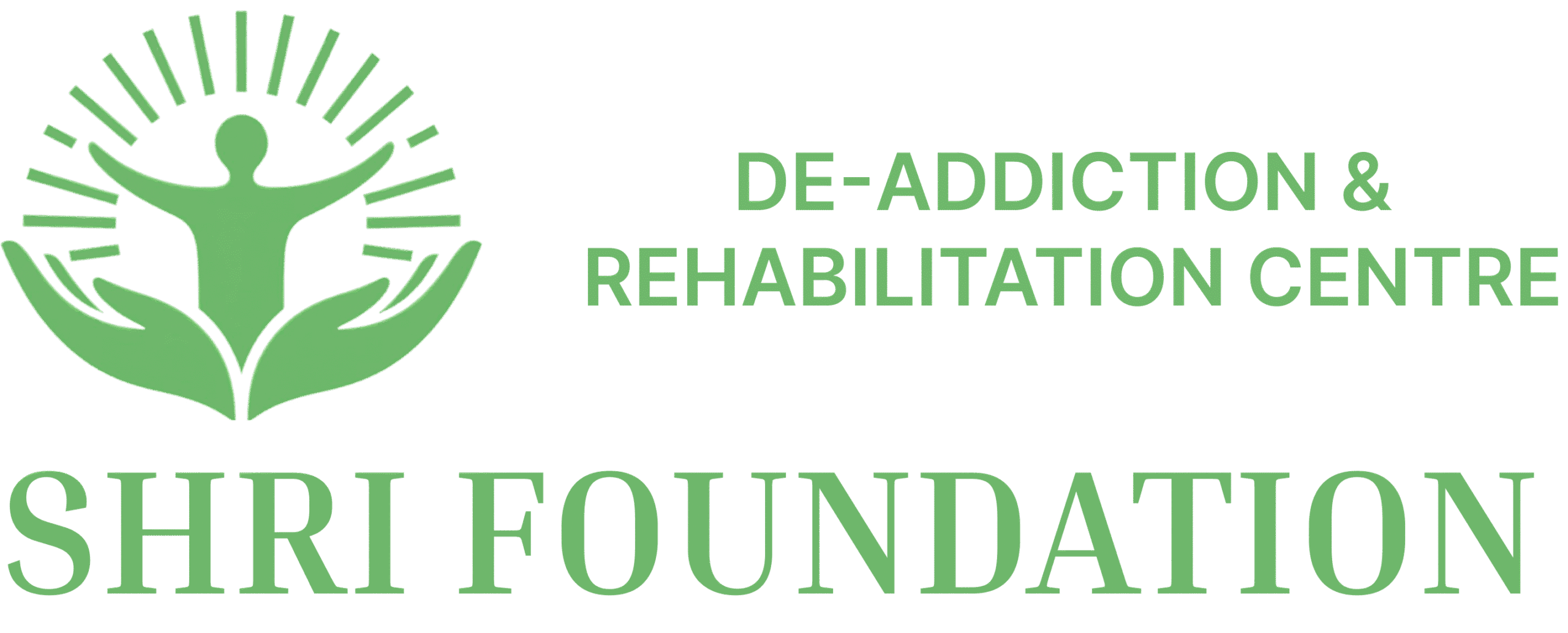 Tapering Off Prednisolone Safely — Steps to Minimize Withdrawal Risk
Tapering Off Prednisolone Safely — Steps to Minimize Withdrawal Risk
Understanding Prednisolone Dependence and Withdrawal Risks
I remember the first week on prednisolone like a storm: relief from inflammation followed by strange fatigue and mood swings that felt foreign. Steroids can suppress your adrenal axis, so dependence develops when your body reduces its own cortisol production in response.
Withdrawal may present as weakness, nausea, joint pain, low blood pressure or severe fatigue — symptoms that can be mistaken for a flare. Risk increases with higher doses and longer courses, but even short bursts can cause problems in susceptible people. Occassionally withdrawal timing varies and unpredictably.
Understanding these mechanisms helps you and your clinician aquire realistic expectations and plan a gradual taper. Close monitoring, symptom tracking and clear communication cut risks. Treat tapering as a medical process, not a personal test of will, to reduce harm and improve outcomes. Keep a daily log to share with team.
Personalized Tapering Plans with Your Healthcare Team

I sat with my clinician, nervous but hopeful, as we mapped a tailored plan to reduce prednisolone and protect adrenal function.
They considered my dose, treatment length, and comorbidities, recommending monitoring tests and carefully planned slow reductions that fit my lifestyle and risks.
We discussed warning signs, Neccessary emergency steps, and a rescue plan for flares, ensuring I could voice concerns and revise the schedule as needed.
Follow-up visits let us tweak pace and celebrate progress; I left feeling empowered, informed, and reassured that tapering prednisolone could be safe today.
Slow Reductions: When and How to Decrease
When coming off prednisolone, think of tapering as a conversation between your body and clinician. Start by reviewing duration and peak dose, longer, higher courses usually need slower reductions.
Commonly doses are reduced by 10 to 20% every 1 to 2 weeks, but age, adrenal suppression risk and comorbidities can alter that pace. Your team may prefer smaller steps or longer pauses to be safe.
Occassionally practical tactics include switching to morning dosing, splitting doses, and using alternate-day schedules once low doses are reached. Monitor energy, appetite, and mood; keep a symptom diary to spot changes and guide adjustments quickly and safely.
Never stop abruptly, adrenal crisis is rare but serious. If withdrawal signs occur, severe fatigue, weight loss, dizziness, or low blood pressure, contact your clinician immediately for temporary dose increases or tests; don't hesitate to ask for support.
Monitoring Symptoms and Adjusting the Schedule

Each morning she noted how energy and mood shifted, creating a map of recovery that clinicians could use. Watching patterns after small dose changes helps identify adrenal flare or improvement, and keeps decisions grounded in what occured.
Use simple tools: a symptom diary, a checklist for sleep, appetite, pain and mood, plus regular blood pressure measurements. Share findings with your team so any prednisolone reduction is matched to real-life feedback and can be adjusted when needed.
Expect ups and downs; some setbacks are normal and may be managed without reversing the taper. Recieve clear guidance on thresholds that trigger a pause or slower reductions, and ensure you have access to support if red-flag signs appear.
Managing Withdrawal: Medications, Lifestyle, and Support
Imagine you’re easing off prednisolone and noticing fatigue or joint pain; small, proactive steps can make withdrawal manageable. Your clinician may prescribe short courses of other meds to control inflammation or anti-nausea drugs, while adjusting steroids based on symptoms. Prioritize sleep, gentle exercise, hydrated nutrition, and stress reduction—these lifestyle shifts buffer the adrenal transition. Keep a symptom diary to spot patterns and share with your team so changes, including medication adjustments, are timely and evidence-based.
Social and professional support matter: inform family and employers about possible low-energy days and arrange flexible duties. Psychological strategies—breathing, pacing, CBT techniques—reduce anxiety and improve coping; join support groups to hear others’ experiance and practical tips. Expect ups and downs, and contact your clinician if severe dizziness, fever, or fainting occassionally occur. Small plans, clear communication, and close follow-up create a safer, more confident taper.
When to Seek Immediate Medical Help during Taper
An unsettling moment during tapering can feel sudden: unrelenting fatigue, dizziness, nausea or a fever that feels worse than your usual symptoms. If you experience severe weakness, fainting, chest pain, breathing difficulty, severe abdominal pain or a rapid collapse suggesting low blood pressure, get emergency care immediately — these signs may indicate adrenal insufficiency has occured.
Also seek urgent review for new rashes, sudden confusion, very high fever, or any collapse after missed doses. Carry clear emergency instructions for paramedics and your prescriber, and discuss an emergency injectable steroid plan with your team. Keep an emergency steroid card and inform household members about signs. Early action prevents serious complications and helps safeguard recovery. NHS MedlinePlus
